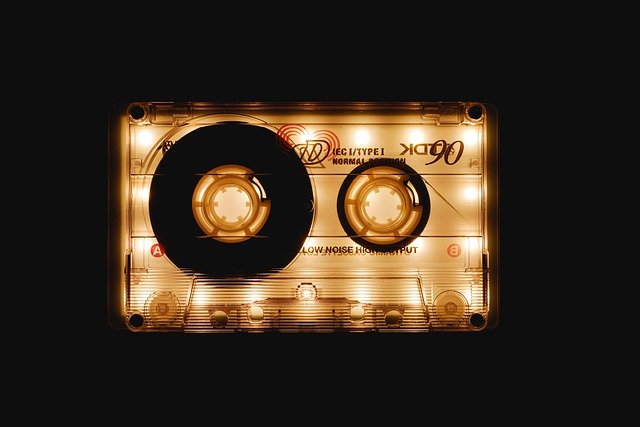Sonic Subcultures: The Resurgence of Cassette Culture in the Digital Age
In an era dominated by streaming and digital music consumption, an unexpected trend is gaining momentum: the revival of cassette tapes. This analog format, once considered obsolete, is finding new life among music enthusiasts, indie artists, and nostalgia seekers. What drives this resurgence, and what does it reveal about our relationship with music and technology in the 21st century? Read below to explore the fascinating world of modern cassette culture.

The Rise and Fall of the Cassette
The cassette tape, introduced by Philips in 1963, revolutionized portable music. It allowed for easy recording and playback, becoming a cultural icon of the 1970s and 1980s. However, the advent of CDs in the 1990s led to a sharp decline in cassette popularity. By the early 2000s, major labels had all but abandoned the format, and it seemed destined for obsolescence.
The Unexpected Comeback
Around 2010, small indie labels began releasing limited-edition cassettes, initially as novelty items. This niche interest gradually expanded, with sales of cassette tapes in the US growing year over year since 2016. Major artists like Taylor Swift and The Weeknd have released cassette versions of their albums, signaling a broader cultural shift.
The Appeal of Analog in a Digital World
The cassette revival is part of a larger trend of analog resurgence, including vinyl records and instant cameras. This phenomenon reflects a desire for physical, tactile experiences in an increasingly digital world. Cassettes offer a warm, imperfect sound quality that many find more authentic and intimate than the crisp clarity of digital formats.
DIY Ethos and Underground Music Scenes
Cassettes have become a symbol of DIY music culture. Their low production costs and quick turnaround times make them ideal for small labels and independent artists. This has led to a flourishing underground cassette scene, with genres like vaporwave and lo-fi hip-hop embracing the format as part of their aesthetic.
Nostalgia and Generational Appeal
For older generations, cassettes evoke memories of creating mixtapes and recording radio shows. Surprisingly, younger listeners born after cassettes’ heyday are also drawn to the format. This cross-generational appeal suggests that the cassette revival is more than just nostalgia—it’s about creating new experiences and connections through a tangible medium.
Challenges and Sustainability
The cassette revival faces challenges, including limited manufacturing capacity and concerns about environmental impact. However, proponents argue that the longevity and repairability of cassette players make them a more sustainable option than disposable electronic devices. The future of the format remains uncertain, but its current resurgence offers valuable insights into our evolving relationship with music and technology.
Sonic Subcultures: Community and Identity
Cassette culture has spawned vibrant communities, both online and offline. Enthusiasts gather at cassette fairs, share tips on tape maintenance, and collaborate on releases. This sense of community and shared passion is a key driver of the format’s revival, offering a counterpoint to the often isolating nature of digital music consumption.
The resurgence of cassette tapes in the digital age is a fascinating study in cultural resilience and the cyclical nature of trends. It challenges our assumptions about technological progress and reveals deep-seated human needs for tactile experiences, community, and authenticity in music consumption. As we navigate an increasingly digital world, the humble cassette tape serves as a reminder of the enduring power of analog technologies to connect us to music and to each other in meaningful ways.





